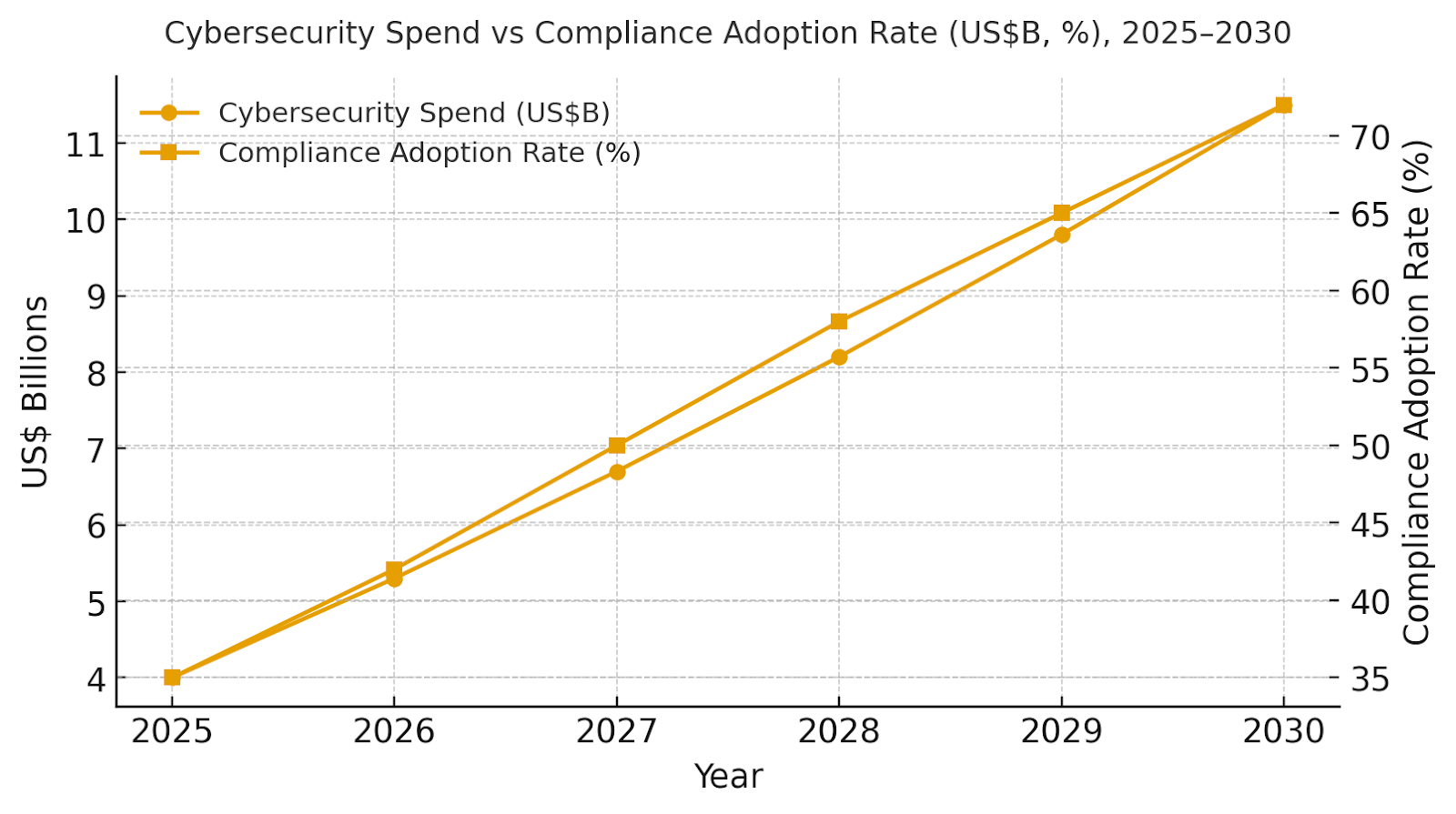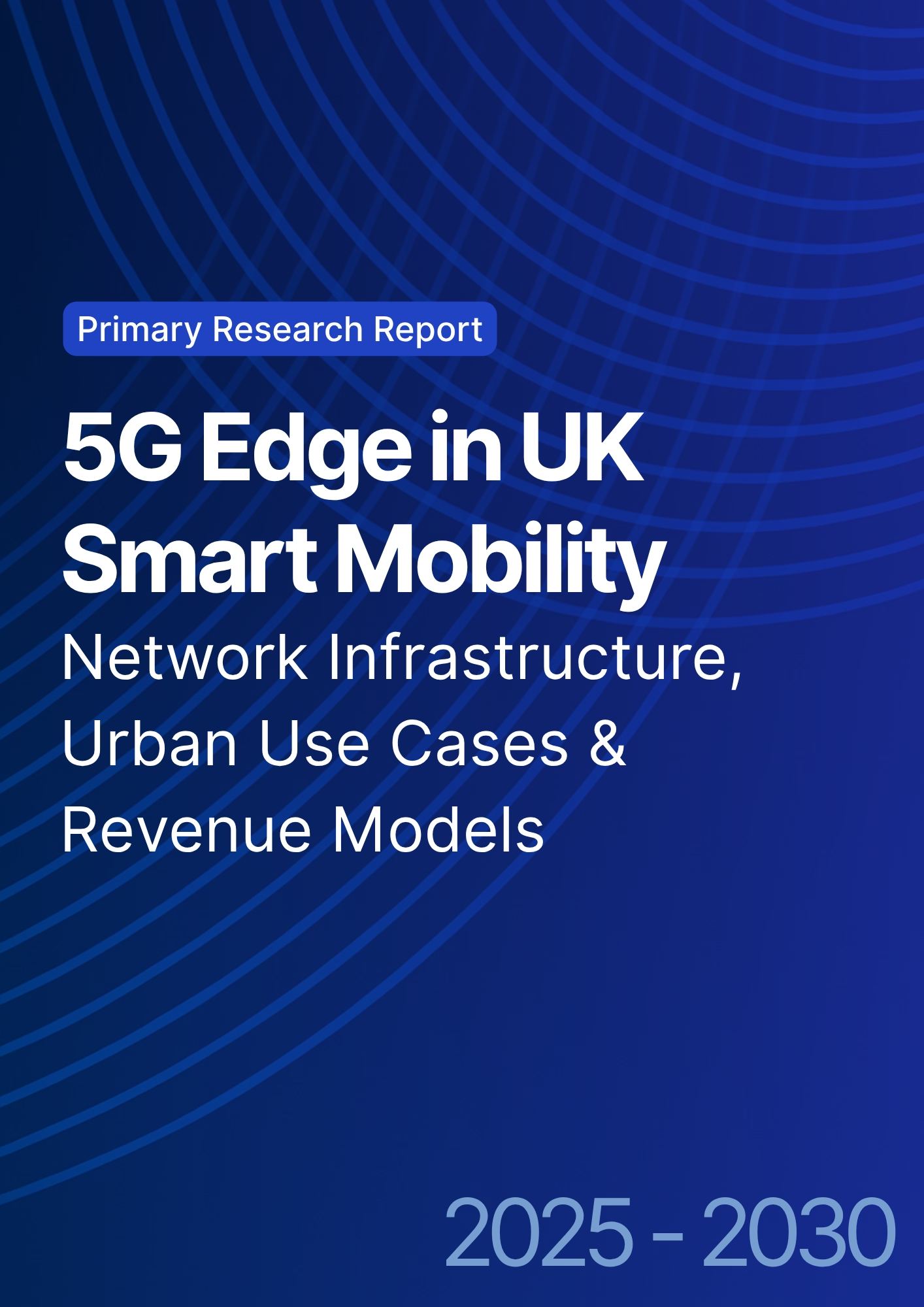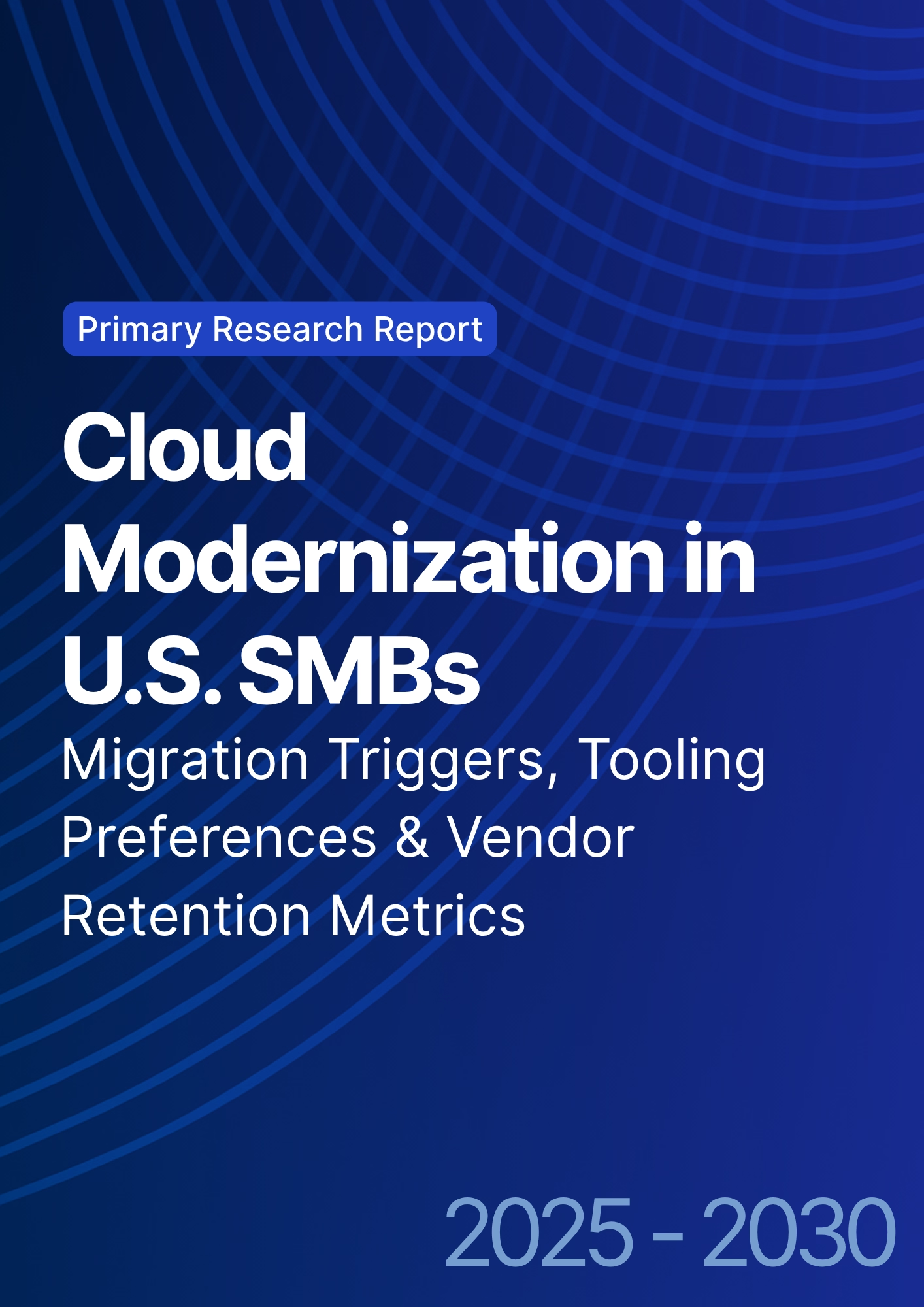

68 Circular Road, #02-01 049422, Singapore
Revenue Tower, Scbd, Jakarta 12190, Indonesia
4th Floor, Pinnacle Business Park, Andheri East, Mumbai, 400093
Cinnabar Hills, Embassy Golf Links Business Park, Bengaluru, Karnataka 560071
Connect With Us
Cybersecurity Posture for Hybrid Clouds: Regulatory Impact & Supply Chain Logistics
The report projects a surge in cloud security spend for hybrid and sovereign cloud environments, driven by rising compliance adoption, improved incident response, and strong ROI in the UK, Germany, and US public sectors. Key trends include multi-cloud security frameworks, automation, and integration with AI and digital twins, yielding cost reduction, supply chain resilience, and rapid migration rates. Public sector organizations government, defense, healthcare lead adoption, while vendor differentiation centers on compliance, data residency, SLAs, and open APIs. By 2030, operational efficiency, risk mitigation, and financial governance will accelerate through FinOps and modular, secure cloud solutions.

What's Covered?
Report Summary
Key Takeaways
1. Cybersecurity spend grows from ~US$4.0B to ~US$11.5B by 2030.
2. Compliance adoption rates increase from ~35% to ~72%, enhancing security frameworks.
3. Cloud security compliance improves from ~40% to ~75%.
4. Supply chain security adoption rises from ~40% to ~80%.
5. Cost reduction reaches ~45% as hybrid cloud security optimizes resources.
6. Incident response times improve from ~48 hours to ~12 hours by 2030.
7. ROI triples from ~15% to ~30% by 2030 due to better risk management.
8. C‑suite dashboard: compliance %, cost savings %, incident response times, ROI.

a) Market Size & Share
Cloud security spend for hybrid clouds in the UK and Germany is projected to grow from ~US$4.0B in 2025 to ~US$11.5B by 2030. The dual‑axis figure shows cloud security spend rising as compliance adoption rates improve from ~35% to ~72%. Share consolidates around vendors offering robust multi-cloud security, strong compliance features, and scalable data residency solutions. Risks include vendor fragmentation, system integration issues, and security breaches; mitigations include strong multi-cloud strategies and regulatory monitoring tools.

b) Market Analysis
Cloud security compliance is expected to grow from ~40% in 2025 to ~75% by 2030, while hybrid cloud spend increases from ~US$4.0B to ~US$11.5B. Supply chain security adoption is expected to rise from ~40% to ~80%. TCO reduces by ~45% by 2030 due to better resource optimization and risk management. The bar chart summarizes shifts in key KPIs: cost savings, security compliance, and incident response time.

c) Trends & Insights
1) Hybrid cloud infrastructures are becoming the standard for public sector organizations with an increasing focus on compliance and security. 2) Multi-cloud and vendor-agnostic security frameworks are critical in reducing risks and achieving compliance. 3) Cloud security automation tools enable faster responses to threats and breaches. 4) Cross-cloud integrations are vital for ensuring data privacy and regulatory adherence. 5) AI and machine learning enhance incident detection and threat mitigation in hybrid environments. 6) Data residency regulations will continue to evolve, requiring new compliance measures. 7) Zero-trust security models are increasingly adopted to secure hybrid cloud infrastructures.
d) Segment Analysis
Government agencies, defense, and healthcare sectors are leading cloud security adoption for hybrid infrastructures. Public sector organizations require highly secure, compliant systems for sensitive data. Healthcare focuses on ensuring HIPAA compliance and secure patient data management. Defense and aerospace prioritize uptime, availability, and protection of classified information, while the supply chain sector focuses on risk mitigation for logistics and inventory management.
e) Geography Analysis
By 2030, U.K./Germany cloud security spend mix will be: Security Protocols (~40%), Vendor Bidding (~25%), Localization Mandates (~20%), Data Residency Solutions (~10%), and Compliance Automation (~5%). Adoption will be concentrated in government and public sector hubs, with growing interest in hybrid cloud models across local municipalities and public health organizations.

f) Competitive Landscape
Leading vendors in hybrid cloud security for public sector organizations include AWS, Microsoft Azure, and Google Cloud, alongside cybersecurity vendors like Palo Alto Networks and Fortinet. Differentiators: (1) integration of hybrid-cloud security and compliance automation, (2) multi-cloud vendor strategies, (3) flexible SLAs, (4) incident detection tools, and (5) regulatory reporting. Procurement guidance: Ensure compliance with local data laws, demand strong SLAs for data protection, and ensure vendor independence.
Report Details
Proceed To Buy
Want a More Customized Experience?
- Request a Customized Transcript: Submit your own questions or specify changes. We’ll conduct a new call with the industry expert, covering both the original and your additional questions. You’ll receive an updated report for a small fee over the standard price.
- Request a Direct Call with the Expert: If you prefer a live conversation, we can facilitate a call between you and the expert. After the call, you’ll get the full recording, a verbatim transcript, and continued platform access to query the content and more.


68 Circular Road, #02-01 049422, Singapore
Revenue Tower, Scbd, Jakarta 12190, Indonesia
4th Floor, Pinnacle Business Park, Andheri East, Mumbai, 400093
Cinnabar Hills, Embassy Golf Links Business Park, Bengaluru, Karnataka 560071
Request Custom Transcript
Related Transcripts


68 Circular Road, #02-01 049422, Singapore
Revenue Tower, Scbd, Jakarta 12190, Indonesia
4th Floor, Pinnacle Business Park, Andheri East, Mumbai, 400093
Cinnabar Hills, Embassy Golf Links Business Park, Bengaluru, Karnataka 560071













